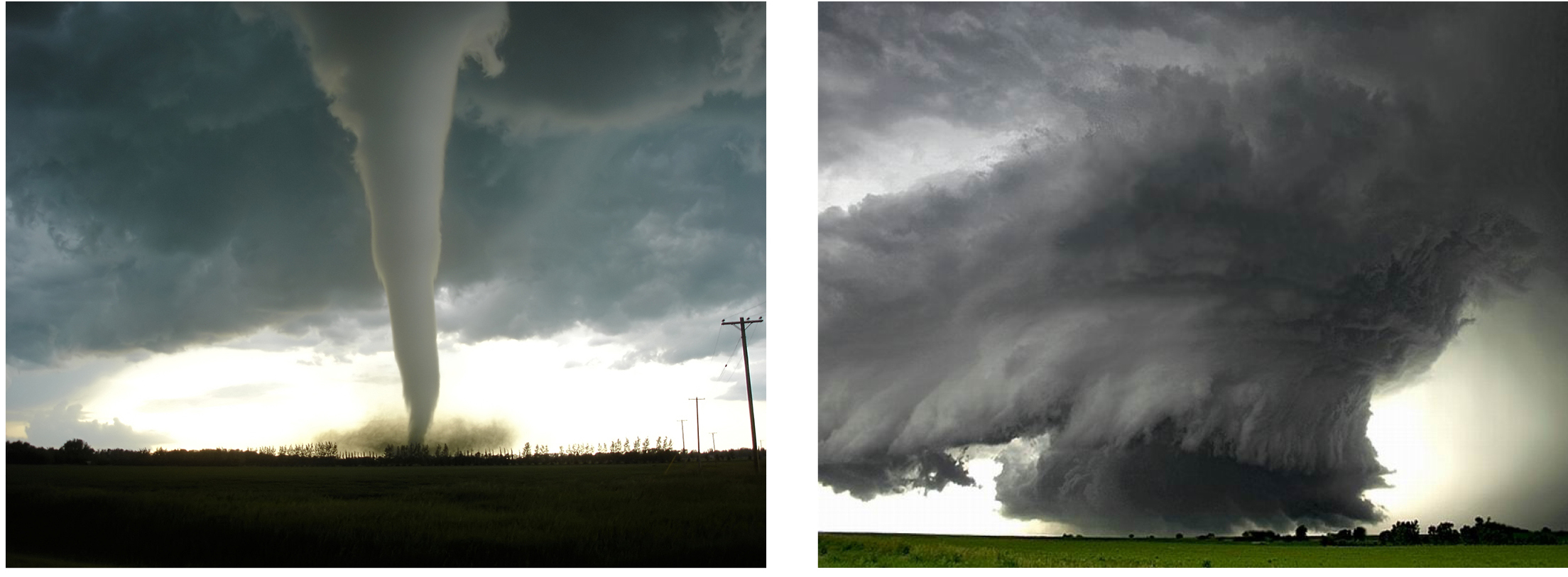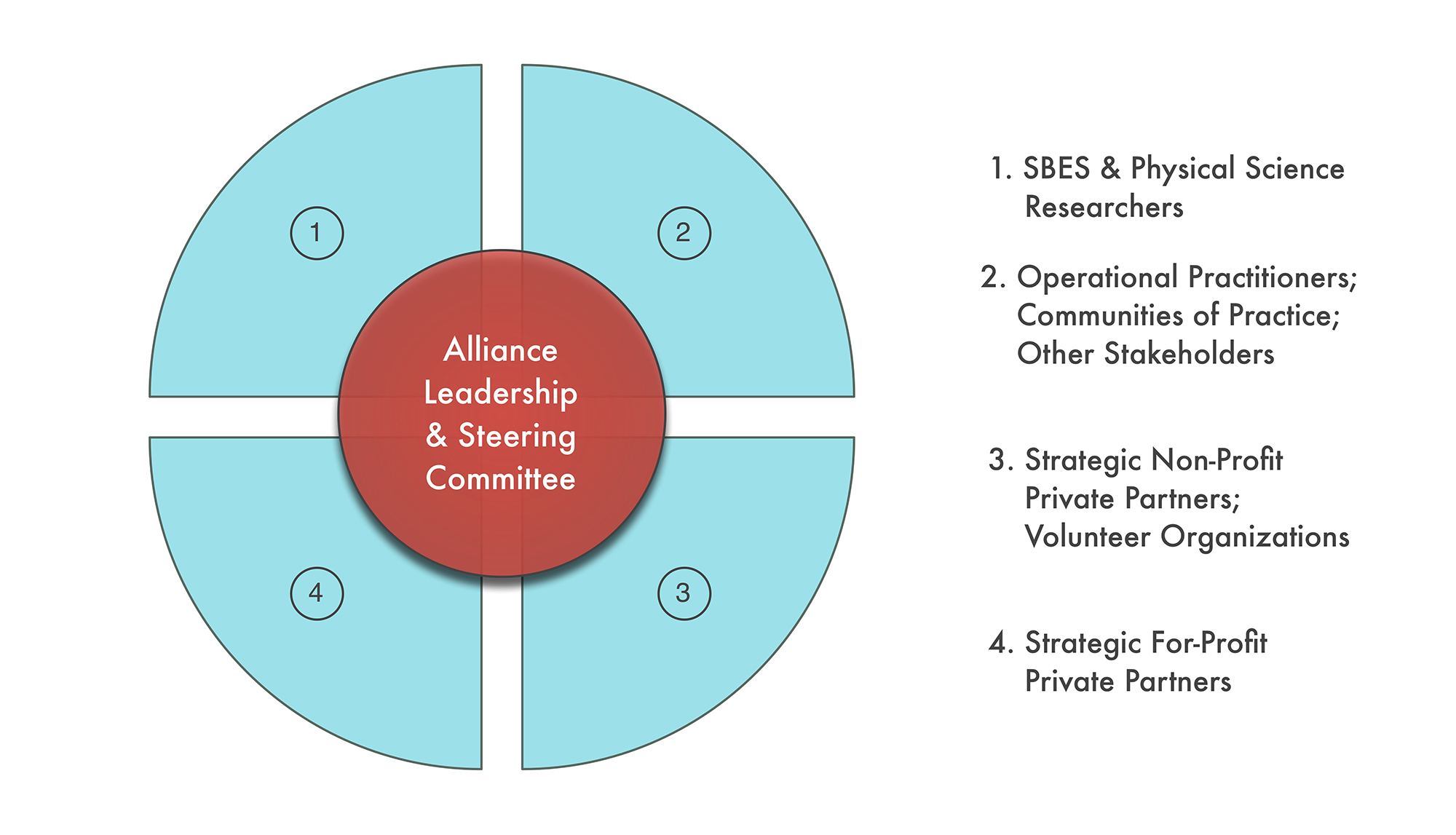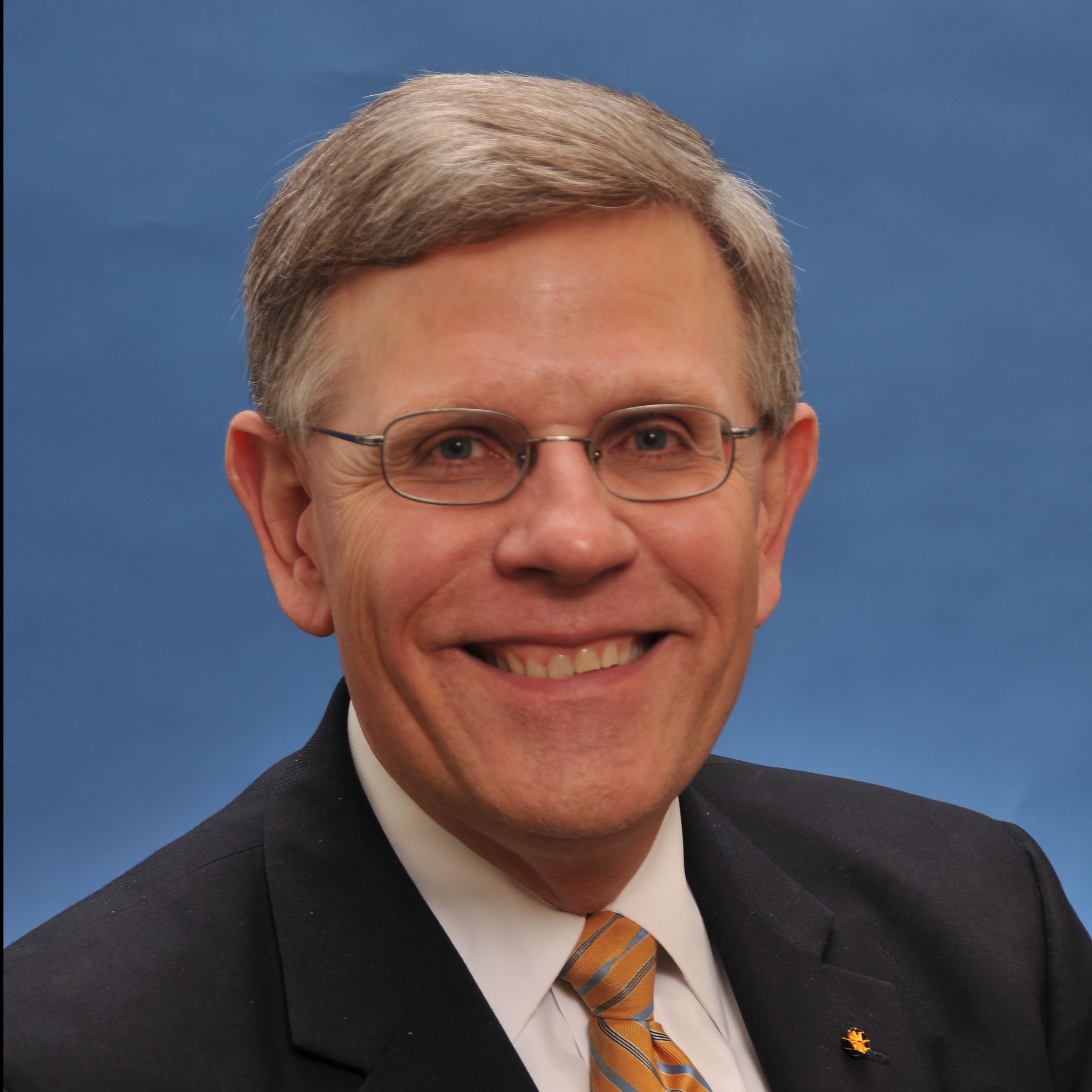
(l) © Justin Hobson, (r) © MacBroadcast
MOST PEOPLE who work in the hazards and disaster field realize the immense difficulty of predicting threats, communicating them, and understanding the responses to and recovery from such events. No single discipline can provide a solution; so numerous disciplines and multiple organizational perspectives have to be involved.
Yet building bridges between different experts, scholars, and practitioners poses significant challenges. Institutional and financial barriers arise when working across groups or organizations and terms and techniques for analyzing data aren’t the same across different disciplines. For example, concepts change meaning when used across disciplines and jobs tend to focus attention on different parts of the problem. This observation is nothing new. We in the hazards and disaster community talk frequently about ways to create opportunities for interdisciplinary collaborations and to sustain successful efforts. This article highlights a new way to address these issues.
Representatives from across the social, behavioral, and economic sciences (SBES) and operational meteorology have come together to offer a vision for a national “Alliance for Integrative Approaches to Extreme Environmental Events,” or Alliance. Initially funded by a three million dollar private gift, the Alliance is an informal public-private partnership comprised of researchers from SBES disciplines, operational meteorologists, emergency managers, and other strategic partners (see Figure 1). The goal of the Alliance is twofold: to help those in this community overcome obstacles to meaningful collaboration and to facilitate interdisciplinary research that advances the community’s agenda to prevent societal harm from weather and climate disasters.
Below is an overview of the motivation and vision for the Alliance and work done to date.
Motivation
In February 2016, 50 tornados struck towns in the southern and eastern United States, killing ten people and injuring hundreds. In August, thirty inches of rain fell in just a few days, submerging homes in Louisiana and causing billions in damages and 13 deaths. In October, many on the southeastern seaboard endured damage and disruption due to Hurricane Matthew. Stories like these are all too familiar. As research across SBES demonstrates, these “naturally occurring events” take place in complex social and political contexts and solutions are not easy to find. Despite standardized approaches to these challenges, they require novel modes of inquiry, systems of learning, and working relationships across a spectrum of groups. We need more meaningful integration both within SBES and between our counterparts in physical science and practice (Brown, Harris, and Russell 2010). The Alliance will facilitate this type of effort.
Vision
The Alliance can be best described as an informally organized activity directed by the community it serves. The Alliance does not have a constitution, by-laws, or requirements for affiliation. Indeed, membership in the Alliance is defined by simply participating. Anyone committed to alleviating suffering and preventing harm from extreme weather and climate disasters can be part of the Alliance. Yet, as described below, the Alliance will offer important tangible benefits and services to the community.
The Alliance is also a cooperative effort that links to existing groups—the Natural Hazards Center for example— to focus on issues not being addressed or for which additional support is needed. The Alliance is not an end in and of itself; it is a means to improving everyone’s work. In short, it is not a center, or a funding source, or a direct competitor to existing organizations. It is an entity focused on assessing the hazards and disaster community’s research and operational needs and understanding and addressing the forces that constrain our progress.

Figure 1. Administrative and governance framework of the Alliance
Structure & Activities
A writing team made up of SBES scholars established the initial vision, mission, and structure of the Alliance using an approach that engaged the hazards and disaster community during the past several months. It is that same community that will decide its specific goals and outcomes in concert with a leadership team that will include paid professional staff to organize daily efforts. In addition, a volunteer-led steering committee, representing a range of research and practice in extreme weather work will be formed from the SBES and operational communities.
Based on this group’s expert opinions and with direct input from the wider community, the Alliance will identify specific problems that provide focus and shape exchanges and working groups. While we do not know at this time what issues will become top priority, we have considered ways the Alliance can build capacity. For example, the Alliance will develop mechanisms to help individuals identify and build relationships with specific collaborators both within and across disciplines. It will provide travel funding to facilitate and expand engagement among participants and build partnerships. It will analyze funding opportunities and translate them for multiple disciplines, facilitating pre-submission proposal reviews to maximize competitive advantage. It will identify resources for students and early career professionals and help them connect to each other and the research and practice community. And it will communicate community needs to funding sources and help ensure full integration of all disciplines in solving relevant extreme event problems.
Origination
The idea for the Alliance arose in 2015 at a workshop called Living with Extreme Weather (LWEW). However, foundations for the workshop and our ongoing efforts have been laid through years of workshops, meetings, and events in the broader weather and social science community, especially Weather and Society Integrated Studies (Demuth et al. 2007) and Weather Ready Nation (National Oceanic and Atmospheric Administration 2012). One of the most important outcomes of the LWEW meeting included a participant call for a framework that could actively and significantly integrate SBES disciplines, natural science research, and practitioner communities (Droegemeier et al. 2016). The Alliance is a manifestation of that framework.
Please visit www.alliance.ou.edu to learn more about the Alliance.
References
Brown, Valerie A., John A. Harris, and Jacqueline Russell. 2010.Tackling Wicked Problems Through the Transdisciplinary Imagination. Routledge.
Demuth, Julie L., Eve Gruntfest, Rebecca E. Morss, Sheldon Drobot, and Jeffrey K. Lazo. 2007. “WASIS: Building a Community for Integrating Meteorology and Social Science.” Bulletin of the American Meteorological Society, 1729–37.
Droegemeier, Kelvin, Lans Rothfusz, Alicia Knoedler, John T. Ferree, Jennifer Henderson, Kodi L. Nemunaitis-Monroe, Danielle Nagele, and Kimberly E. Klockow. 2016. “Living with Extreme Weather Workshop: Summary and Path Forward.” In 11th Symposium on Societal Applications: Policy, Research and Practice. New Orleans.
National Oceanic and Atmospheric Administration. 2012. “Weather Ready Nation: A Vital Conversation on Tornadoes and Severe Weather.” Silver Spring, Maryland: National Weather Service.

Jen Henderson is a postdoctoral researcher at the Cooperative Institute for Research in Environmental Sciences in Boulder, Colorado. Her research focuses on the ethical and sociocultural dimensions of weather warnings, extreme weather and climate communication, and issues of public risk and vulnerability.